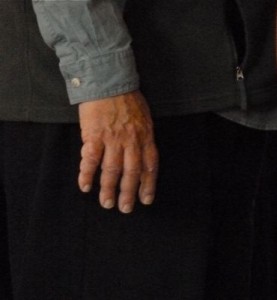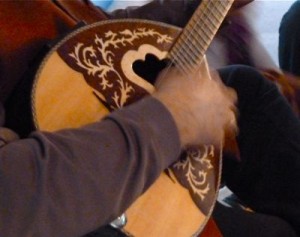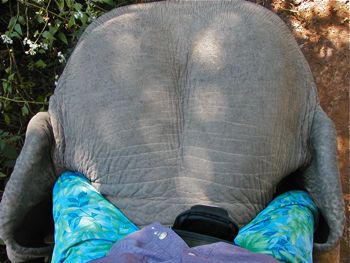Full-Spectrum Forgiveness, Part 8: Self-Forgiveness & Inner Wounds, Part 1

Forgiving ourselves opens the heart, softens us to love, relaxes our bodies, allows us to ease into greater wisdom, tolerance, and emotional maturity.
What do we need to forgive ourselves FOR?
 When I arrived at the retreat (described earlier in this post series) I would not have placed the need to forgive myself at the top of my Inner Work to-do list. My self-talk is almost consistently constructive. As the retreat process unfolded I began to sense directly how critical I tend to be of myself. Unlike my earlier years, this criticism no longer comes up in the form of self-recriminations, beating myself up with words, or self-punishment.
When I arrived at the retreat (described earlier in this post series) I would not have placed the need to forgive myself at the top of my Inner Work to-do list. My self-talk is almost consistently constructive. As the retreat process unfolded I began to sense directly how critical I tend to be of myself. Unlike my earlier years, this criticism no longer comes up in the form of self-recriminations, beating myself up with words, or self-punishment.
New archeological layers pop up when we are ready for the next-deeper step in the spiral dance of healing. My new layer disclosed itself through observing: Subtle hitches in breath, twinges of tension, whether or not I chose eye contact, who I dared hug, which people I tended to avoid, my excuses for avoiding them. I noticed that I expect myself to be unequivocally loving to all people at all times—and absolutely authentic at the same time.
When I judge, withdraw, flinch from feeling someone’s imbalanced energy or psychic debris, or decline contact when someone wants my attention I feel somehow remiss or insufficient. This was not close to the first time I noticed these patterns. It was one of the first times I SAT with it–literally as well as figuratively–with full feeling and no diversions. For days. The silence and Zen sitting interspersed with heart-opening practices was powerful.
Some of this discussion gets tough as we dive into issues central to forgiveness. Please bear with me. Even if you do not feel it applies to you, it may help you understand loved ones.
Our Inner Wounds
Forgiveness takes on a whole new depth and dimension when we can apply it directly to our inner wounds.If we turn away from our wounds we cannot bring in the balm of forgiveness to the places inside where we most need it. Why is it that so many of us seem to need forgiveness for having been hurt?
- we generally have some responsibility in the choices that led to being hurt
- we may not have done everything in our power to heal our wounds
- wounds cause us to act in ways we would rather not act
- we may feel shame about being unable to change these behaviors
The ability to NOTICE your wounds and how they impact your behavior takes courage, insight, and love.
When we fully accept them wounds are like old friends. Why friends? Our wounds show us where and how we need to heal. They invite us to be fully intimate and accepting toward ourselves, like only a dearest friend can do. Wounds have their own eloquent language. They speak of soul purpose. It is by following them into our core and melting them with love that we gain the precious prize of self knowledge, awakening.
Wounds almost always have to do with separation: Separation from self (abandoning ourselves or dissociating), separation from Self (remaining in ignorance), separation from family through estrangement, separation from loved ones owing to our issues, separation from special people we lack the courage to love, separation from community, separation from the Divine.
Most of us find it easier to forgive others than to forgive ourselves.
In Part 9 we explore why it can be so hard to forgive ourselves.
Where did YOUR inner wounds originate?
What do you gain from through them?



























